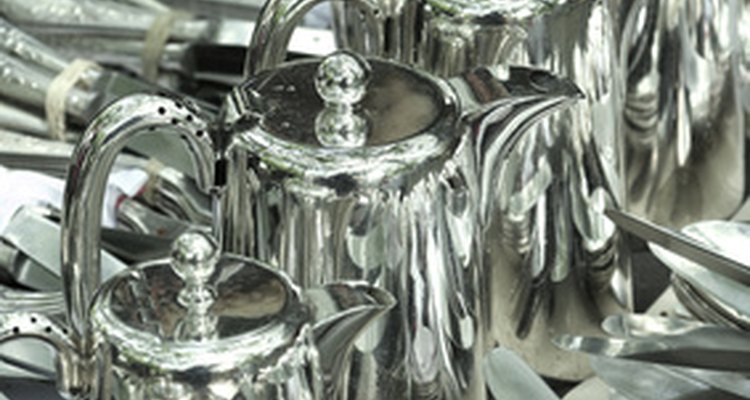
Keeping your silver items shiny and bright requires regular polishing with a proven and durable cream or polish. Your silverware, jewelry and trinket items are protected by specific chemicals within the polish you choose. Among the various types of polish are liquid polishers that can be reused, and cream polishers that are rubbed into the silver like lotion.
Propylene Glycol
Propylene glycol is a substance used in many applications such as pharmaceuticals, food and cosmetics. In silver polish, propylene glycol assists in retaining moisture that would otherwise be lost by the soft silver metal. Without moisture retention, the silver will eventually tarnish. The substance is nearly odorless and tasteless, and has a syrup-like consistency at room temperature. Propylene glycol is also found under the names methyl glycol, trimethyl glycol and 1,2-dihydroxypropane. The substance is useful for creating a fog-like simulation in theatrical plays.
Sodium Carbonate
Soda ash, washing soda or sodium carbonate is derived from the ashes of various plants. The sodium salt substance comprises of an alkaline-tasting, white powder, also known as a basic form of carbonic acid. Sodium carbonate has electrolytic properties that can reverse the silver sulfide (tarnishing of the silver) back into clear and shiny silver. Sodium carbonate is used primarily to produce glass in combination with sand, calcium carbonate and very high heats. This substance is also used as a water softener agent and in pools to balance the pH levels.
Aluminum Silicate
Kaolin, as aluminum silicate is often called, is a clay mineral that has a white earthy tone. The soft material is found naturally from the decomposition of rocks relating to aluminum silicate. This silver polish ingredient is used as the abrasive element to scrub away tarnish. The soft stony texture of aluminum silicate gives the cream or polish its base and thickness for the removal of tarnish. The mineral is also referred to as silicic acid and aluminum salts, possibly orange or red in color thanks to iron oxidization. Aluminum silicate is found in a porcelain ceramics, paint and fiberglass. Aluminum silicate is also the main ingredient in the production of ultramarine blue, a blue pigmentation.
Related Articles

The Best Way to Clean a Silver Chain
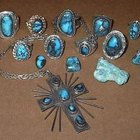
How to Clean Turquoise & Silver Jewelry

How to Get Rust Out of Silver

Merle Norman Ingredients

Information on Colloidal Silver Cream ...

Chi Silk Infusion Ingredients
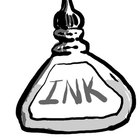
How to Make Silver Ink

Coatings Used to Resist Tarnish in ...

Ingredients in Dial Liquid Soap

What Is Marcasite Jewelry?

Titanium Versus Silver Rings

How to Remove Gold Plating
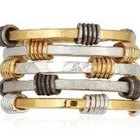
How to Clean Vermeil

What Is 916 in Jewelry?

How to Clean Sterling & Turquoise ...

What Is Mercury Mist Topaz?
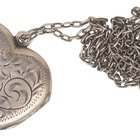
Sealing Oxidation on Jewelry

Phisoderm Ingredients
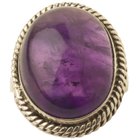
How to Clean a Purple Amethyst Rock
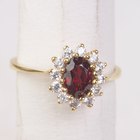
Physical Characteristics of the Ruby ...